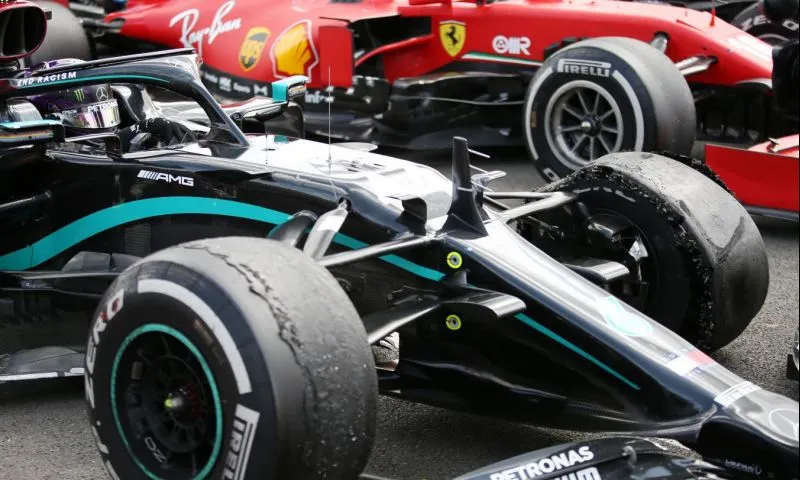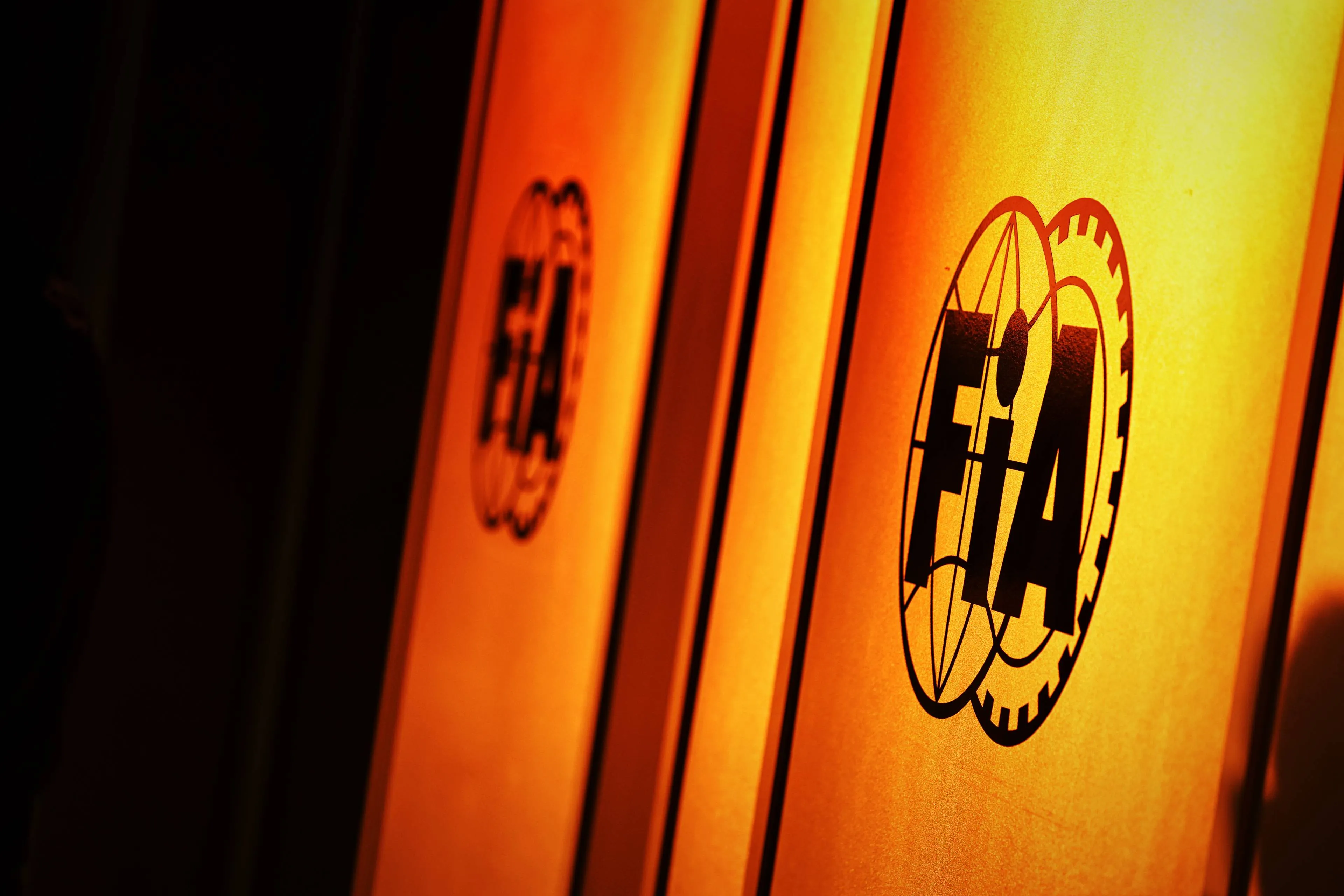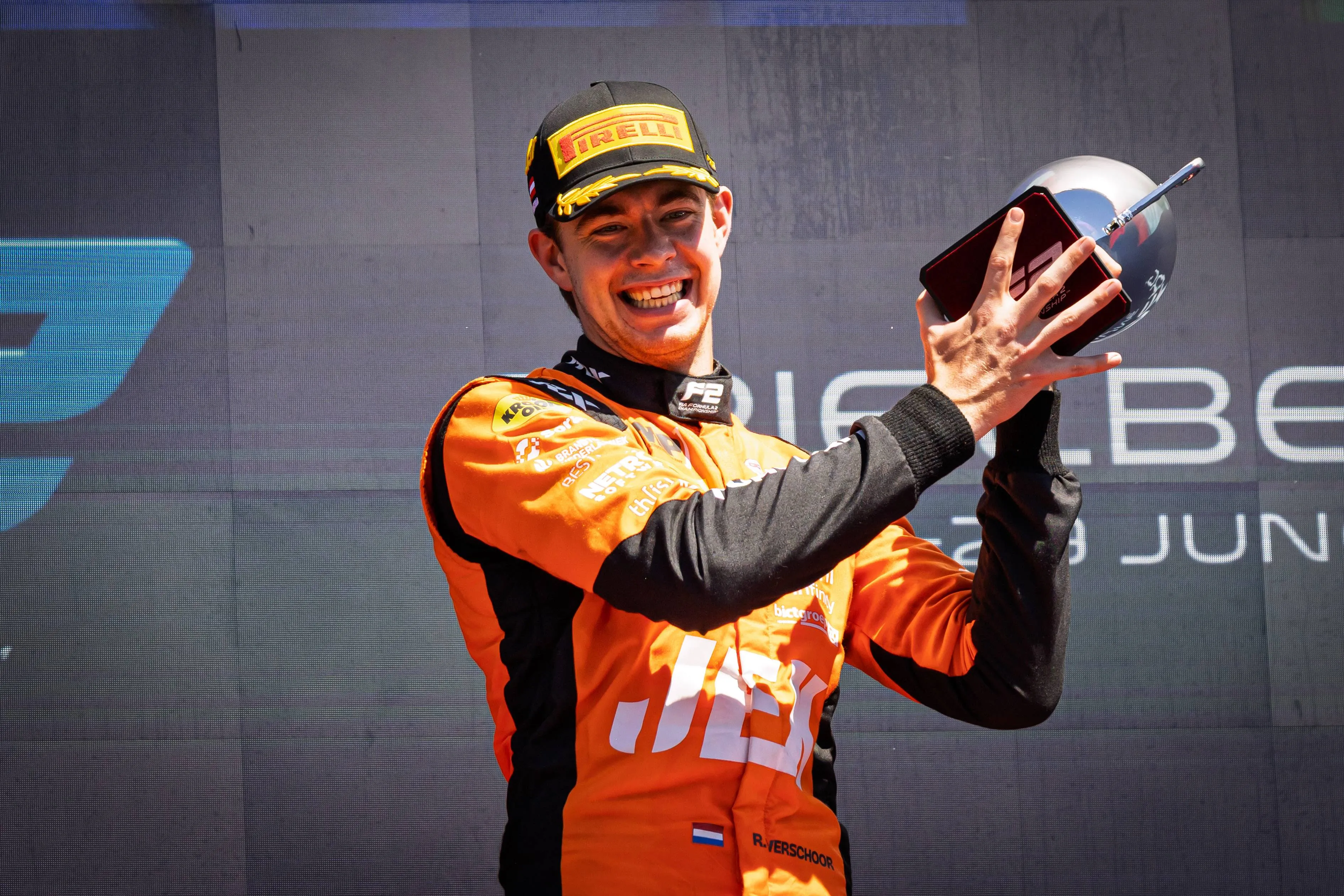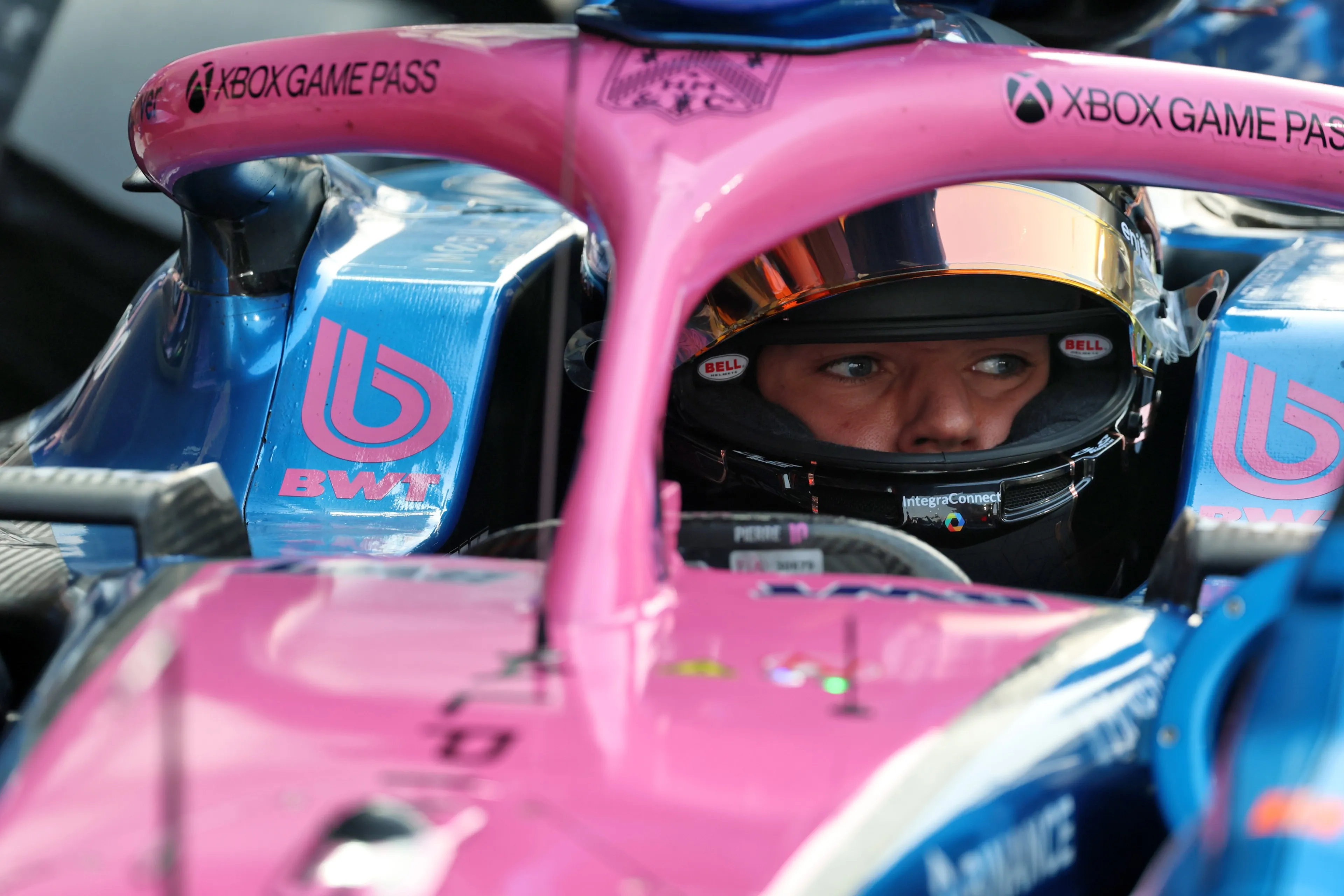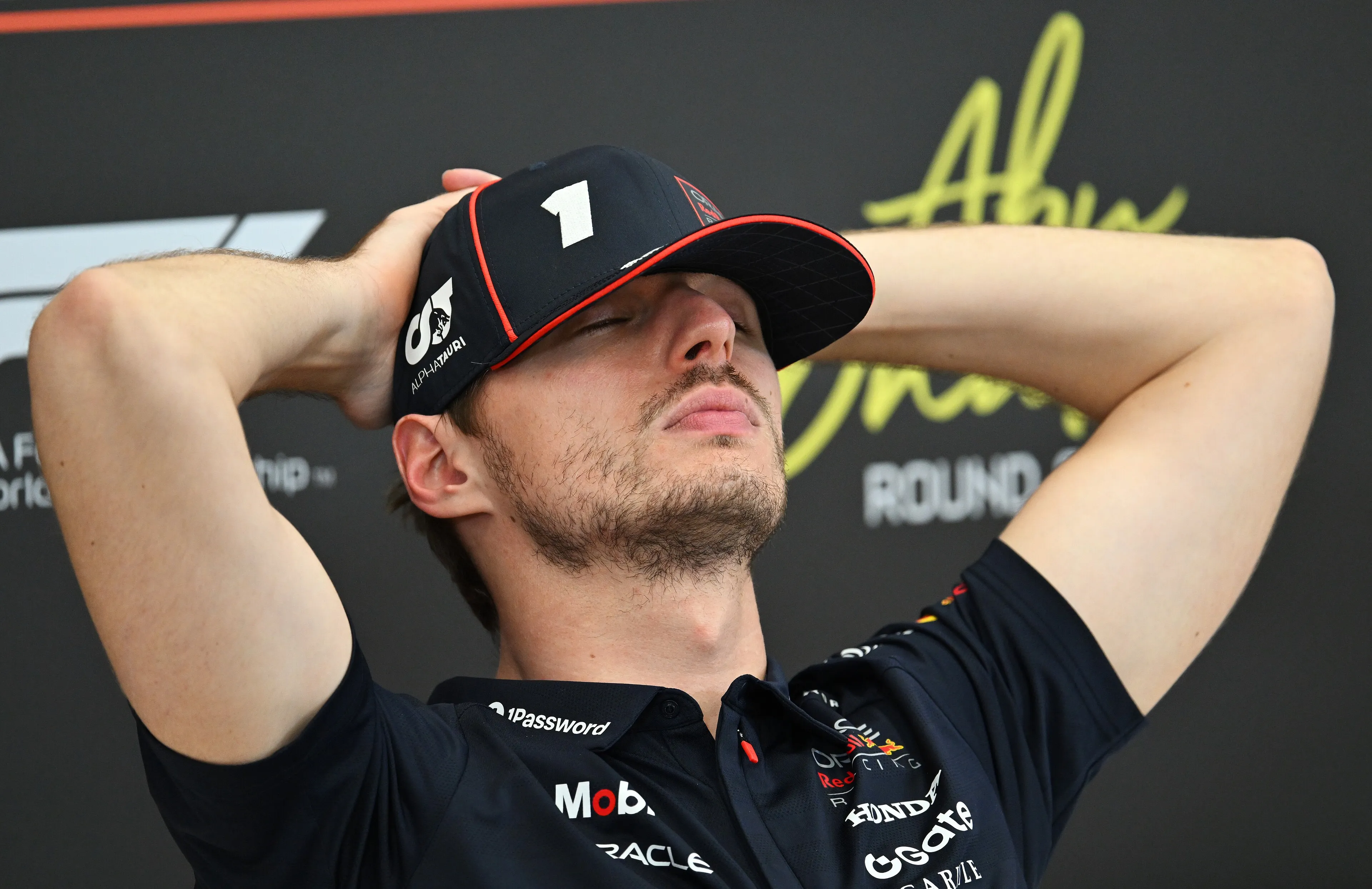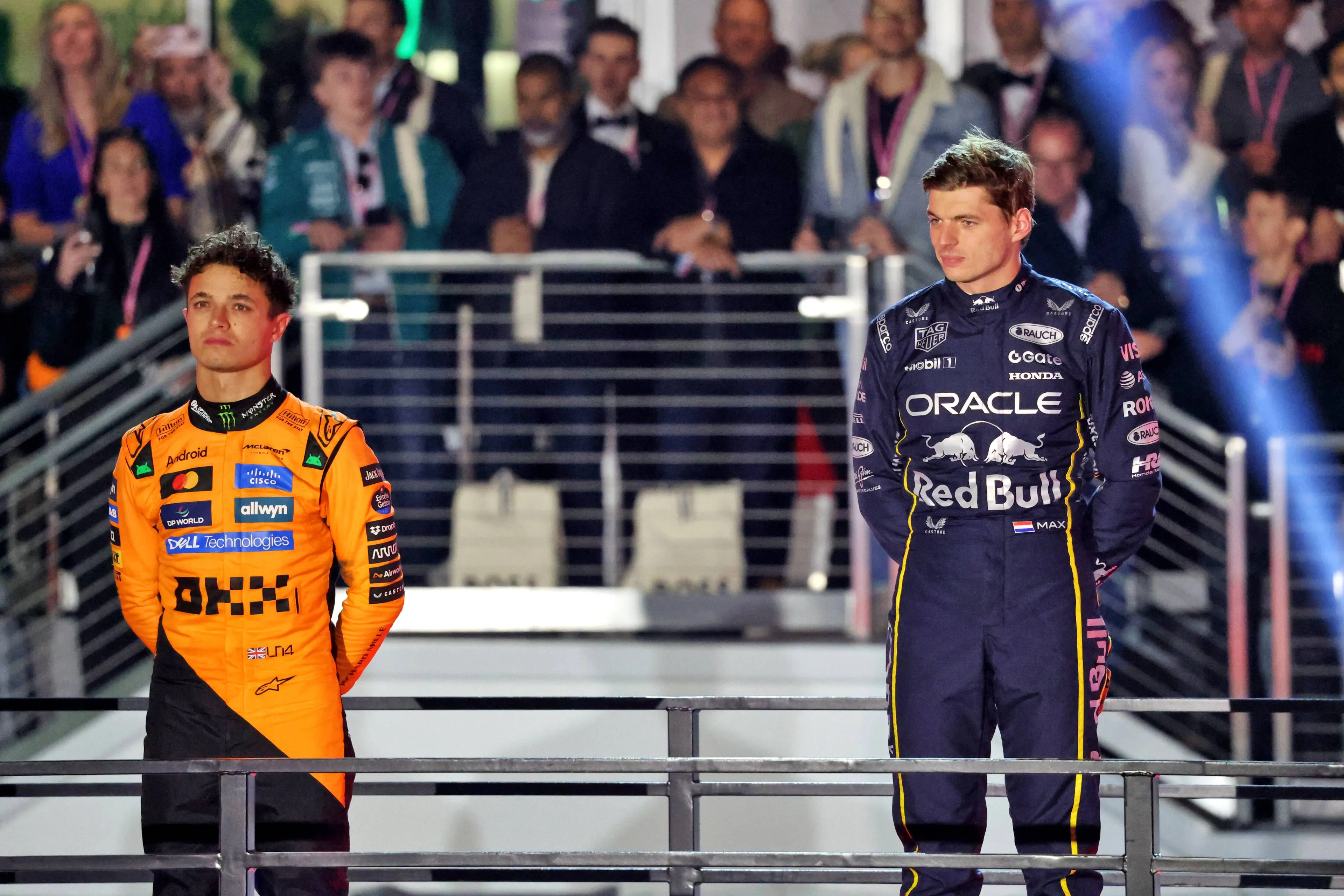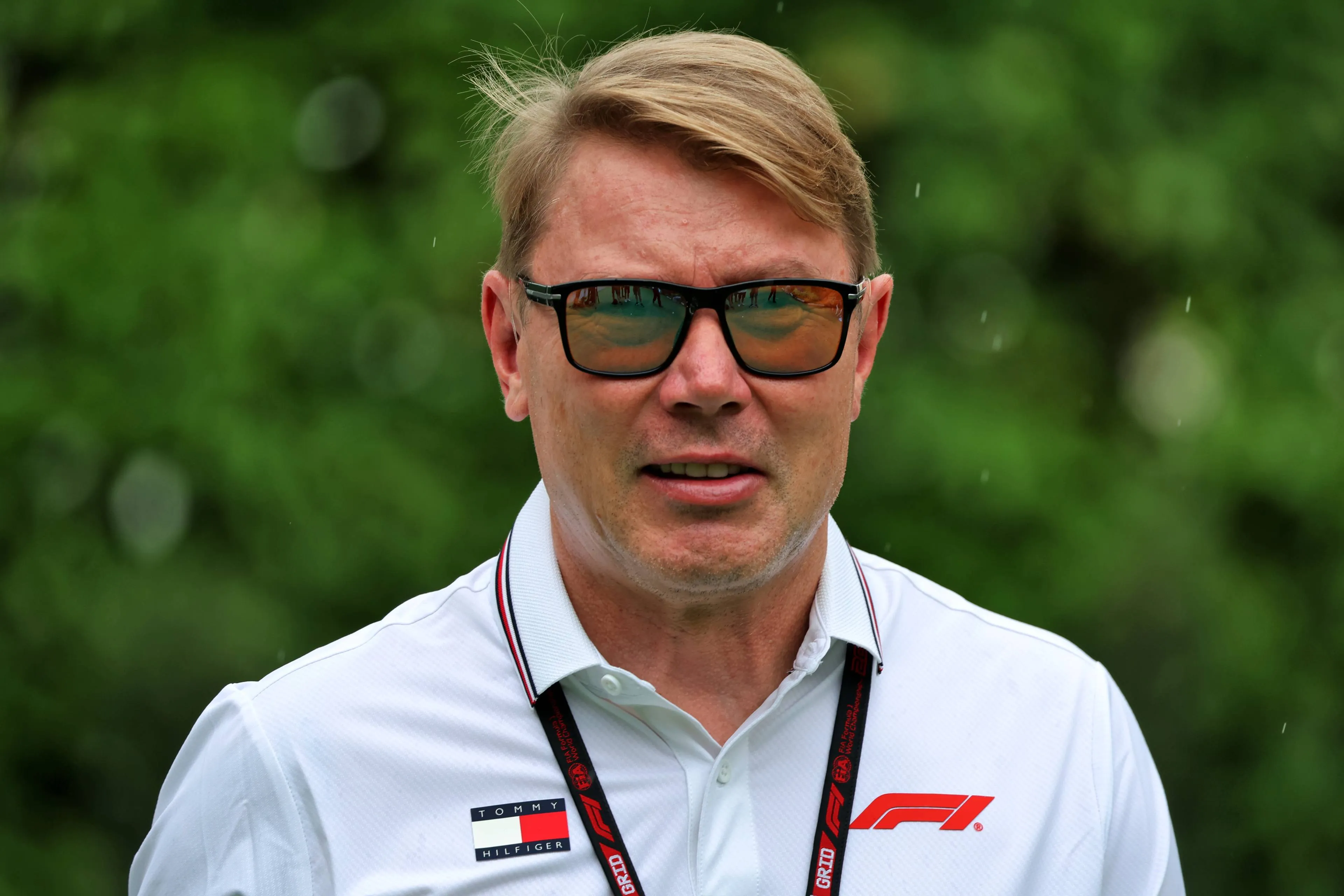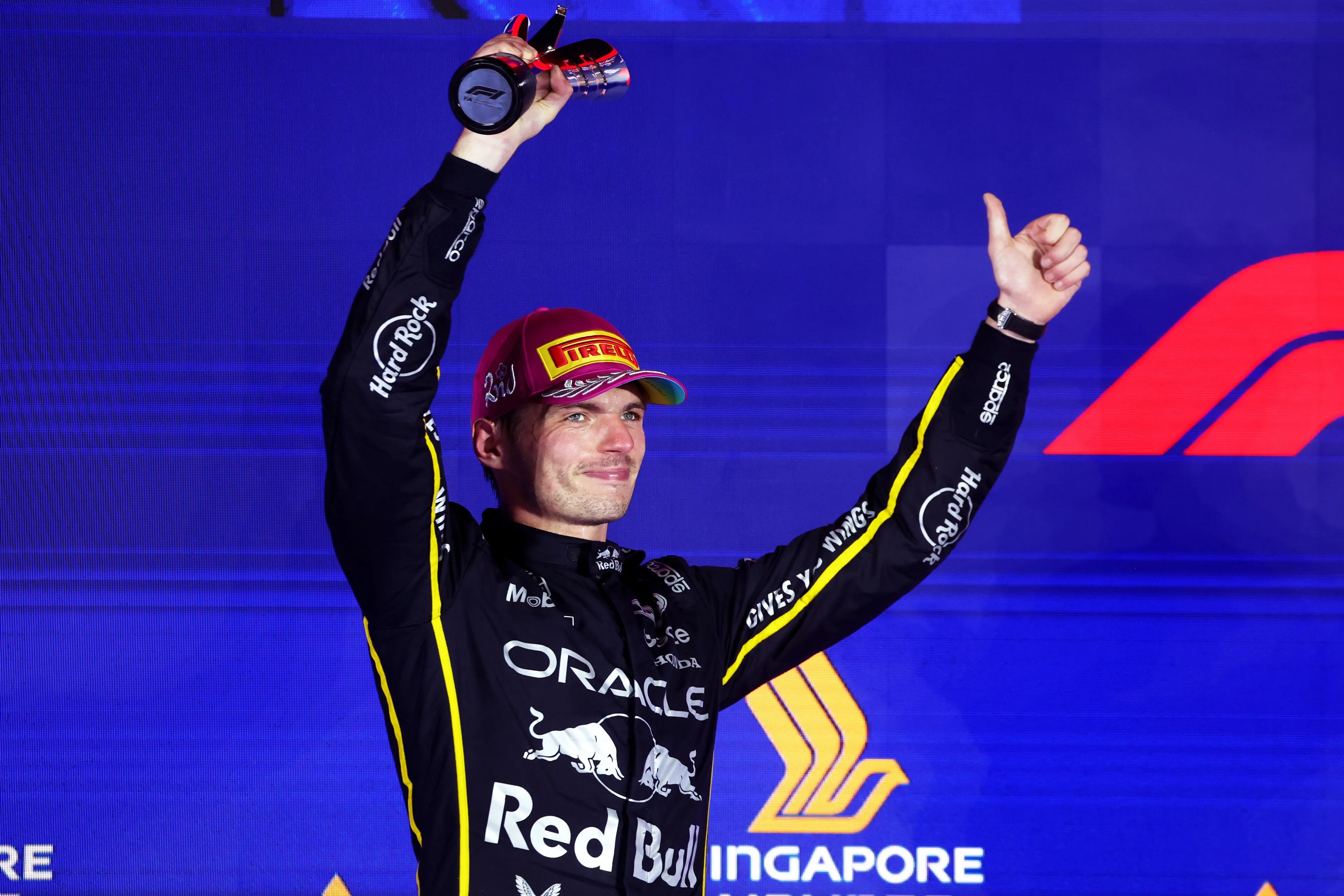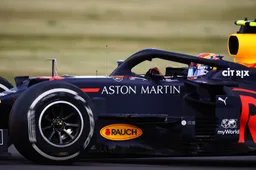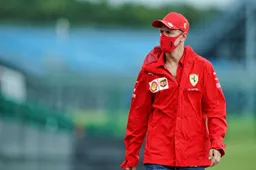In the final stage of the British Grand Prix it became very exciting when both Mercedesses had to deal with a flat left front tyre. In the final lap Verstappen was very fast on Lewis Hamilton who crossed the finish line with three wheels and was able to win the Grand Prix with a relatively small difference. It was a spectacle to see, but there were also questions about the danger involved.
Return to the pit lane
The rule is usually that if you, as a driver, have sustained damage that could endanger others, you should return to the pits. Logically Hamilton drove on, because the finish was very close. However, Giovinazzi received an official warning on Friday after he drove a battered car to the pit lane, which he should have parked next to the track.
This under the article that a car should not be driven unnecessarily slowly, irregularly or in a way that could potentially be a danger.
This more or less also applies to Hamilton's car, because driving an F1 car on three wheels is significantly more difficult than when all four wheels are in order. However, Hamilton was not punished and that raises some questions. A conclusive answer has not been given by the race management and perhaps it has to do with the fact that Hamilton was in his last lap.
Another nuance is that his car and accessories remained intact, despite a flat tyre. Giovinazzi on the other hand left clutter on the track which is more dangerous. This could potentially have happened to Hamilton as well, so it seems to be a somewhat grey area. The fact is that the stewards did not investigate Hamilton's actions. The only thing the race management did was send a request to the teams that the drivers in question (Bottas, Sainz, Hamilton) should drive slowly.
Reduce speed immediately
Race leader Michael Masi said to Motorsport.com after the race: "I contacted the teams directly by radio to ask them to reduce speed immediately and effectively. With this we wanted to try to minimize the impact on the drivers, but also all around them. This was a direct order from the race management to the teams."
Read more about:
Popular on GPBlog
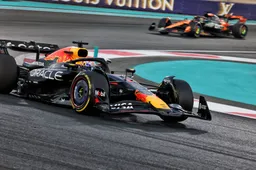
1
Mercedes and Red Bull set for big F1 2026 edge after FIA-approved trick
3274 times read
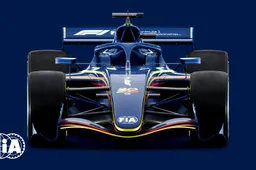
2
'F1 power unit supplier tried to block fuel access to customer team'
1508 times read
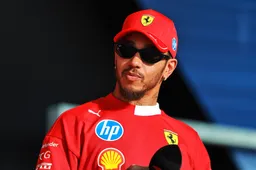
3
'Hamilton's Ferrari contract clause could leave the Scuderia's hands tied'
1321 times read
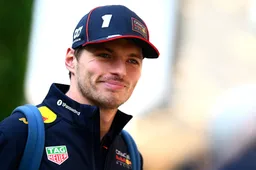
4
Verstappen reveals part of his new home in Monaco for the first time
764 times read
Loading
